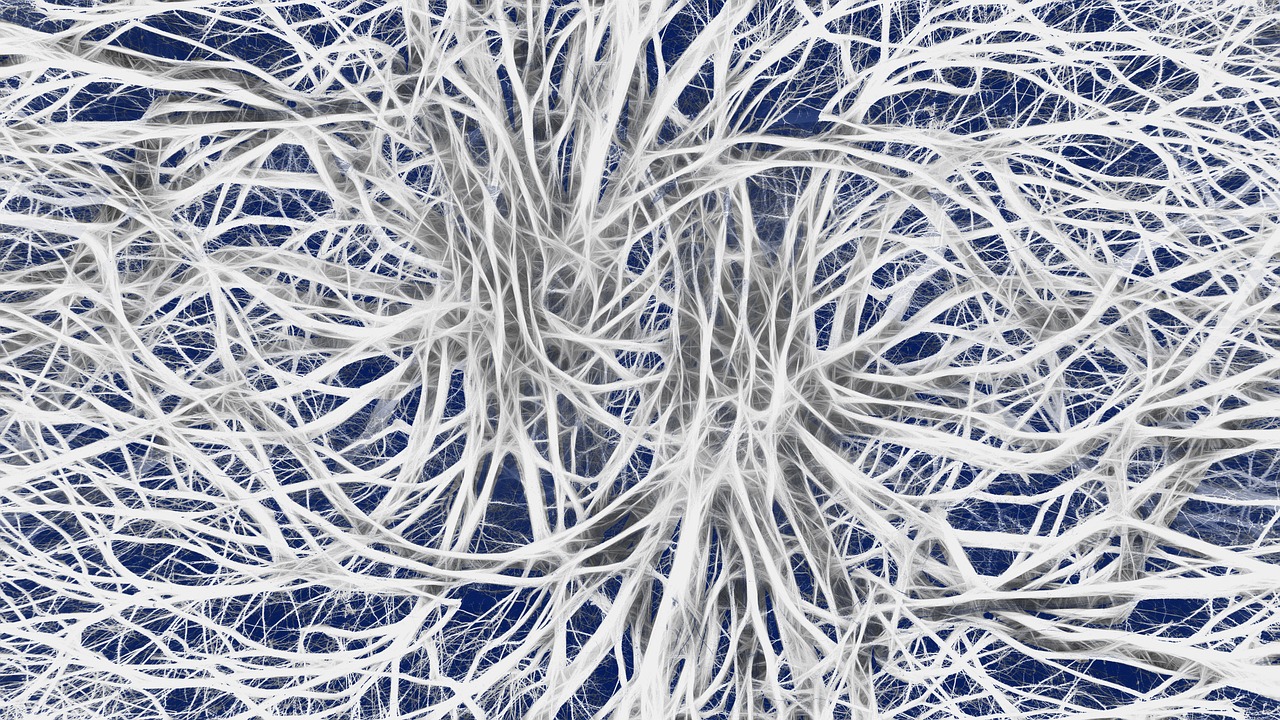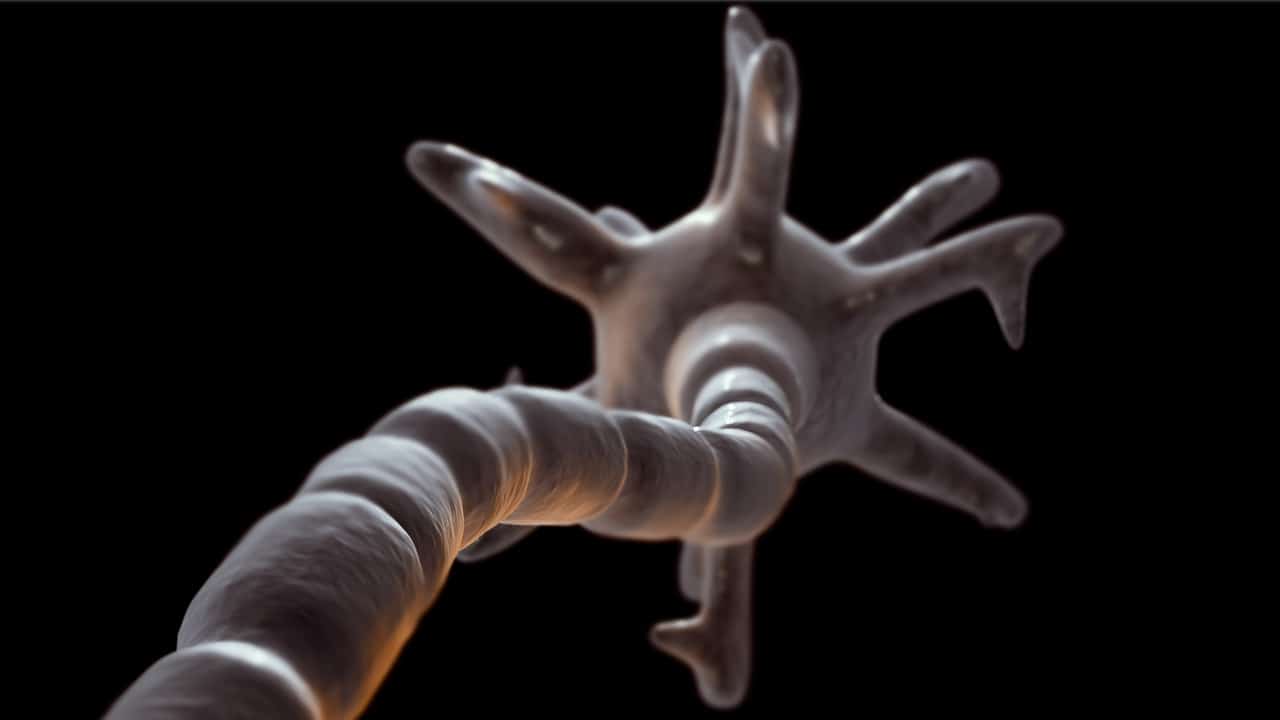
The peripheral nervous system includes the cranial and spinal nerves.
The peripheral nervous system is the part of the nervous system where the cranial and spinal nerves are seen. It should be noted that the nervous system is the name given to the warp of tissues that deals with the capture and processing of signals so that the organism can interact effectively with the environment. This system registers internal and external stimuli ( sensitive function ), analyzes them and sends a response ( integrative function ), promoting muscle movement or a gland secretion ( motor function ).
The other area of the nervous system is the central nervous system (CNS), part reserved for the brain and spinal cord. The peripheral nervous system (also referred to as PNS ), in short, is made up of the nerves and neurons that transcend the central nervous system and thus reach the organs and limbs of the body. Unlike the CNS, the PNS is not protected by bony structures.
Types of nerves
It is important to emphasize the fact that there is a wide series of nerves, which means that they can be classified based on the type of impulses they are responsible for transporting as a criterion. This means that we establish the following classification:
- Somatic sensory nerve . It is the one responsible for collecting sensory impulses that do not refer to the activity of the various viscera.
- Visceral sensory nerve . As its name indicates, it is the one whose mission is to collect the sensitivity of the aforementioned viscera.
- Somatic motor nerve . In this case, its task is to transport the motor impulses to the voluntary muscles.
- Visceral elector nerve . Its mission is to transport motor or secretory impulses, among others, to the viscera.
And all this without forgetting that there are also those known as pure nerves that are characterized by having the capacity to carry out the four functions mentioned above.

The peripheral nervous system coordinates unconscious responses.
Function of the peripheral nervous system
The function of the PNS is to integrate, regulate and coordinate the body's organs through unconscious responses. It can be segmented into the somatic nervous system (which is responsible for activating organic functions) and the autonomic or vegetative nervous system (transmits nervous impulses between the CNS and the rest of the body and regulates energy expenditure).
This last mentioned system is basically made up of two types of systems. Thus, on the one hand we find what is known as the sympathetic nervous system and on the other, there is the parasympathetic nervous system.
In the same way, we must emphasize the fundamental role that the autonomic ganglia, sensory pathways, sensory pathways and motor pathways play. These are defined as those that originate from the central nervous system thanks to or through efferent neurons.
The nerves that make up the PNS, in short, allow communication between the CNS and the internal or external environment. Depending on the type of fibers, we can speak of motor nerves, sensory nerves and mixed nerves. Regarding the area of the CNS from which they come, on the other hand, nerves can be distinguished between cranial nerves (attached to the brain) and spinal nerves (attached to the spinal cord).
